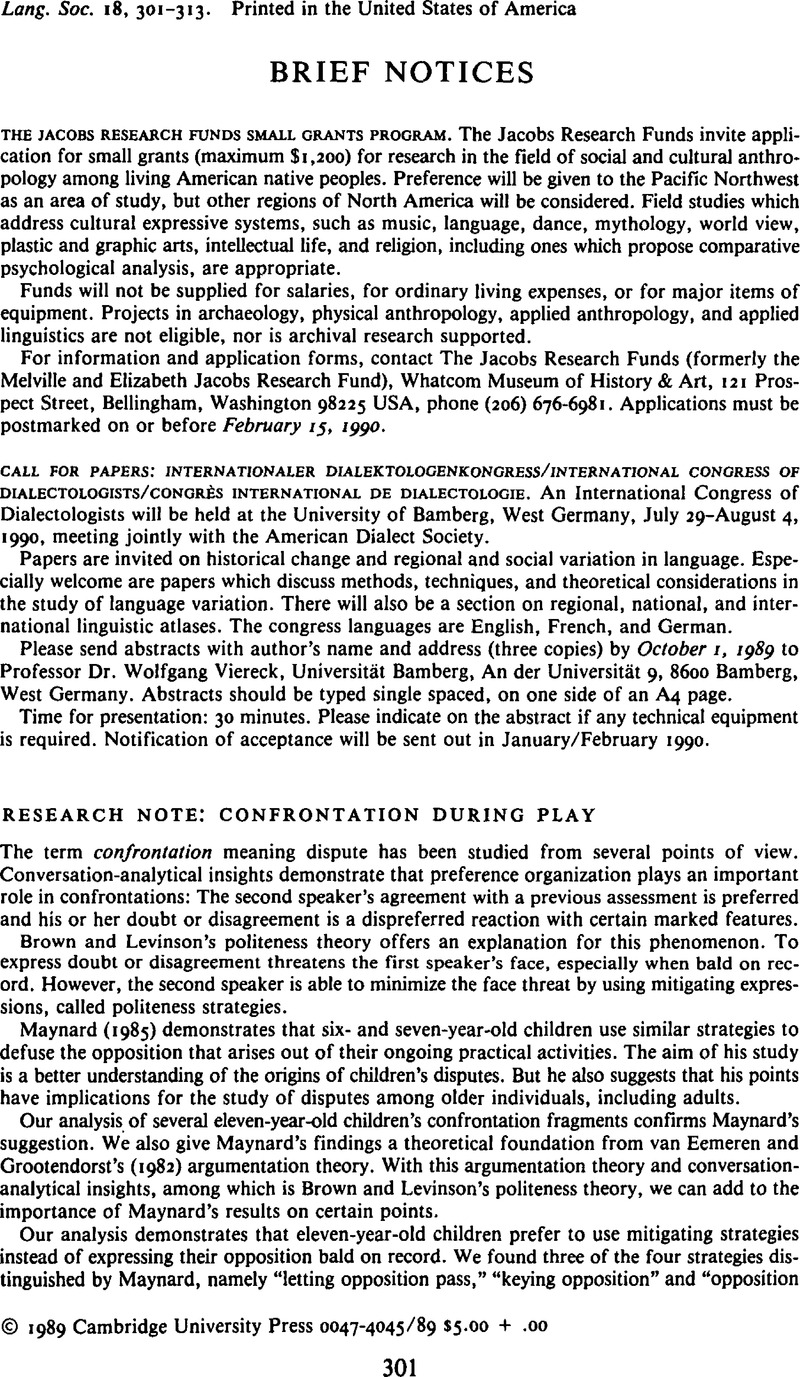Whorf, B. L. (
1941). The relation of habitual thought and behavior to language. In
Spier, L.,
Hallowell, A. I., &
Newman, S. S. (eds.),
Language, culture, and personality: Essays in memory of Edward Sapir.
Menasha:
Banta. [Also in J. B. Carroll (ed.),
Language, thought, and reality: Selected writings of Benjamin Lee Whorf. New York: John Wiley, 1956; Cambridge: The Technology Press.]
Google Scholar 